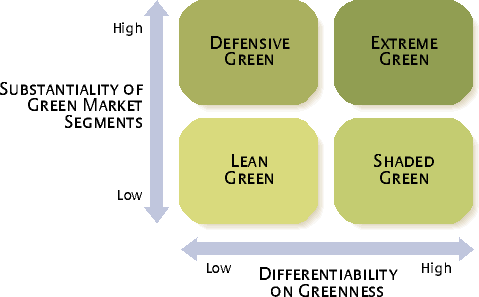A bit of a cheeky title I know, but in we talk about Apple quite a bit in our courses here at Sauder. From COMM101, to marketing, I’ve never stopped hearing about Apple. Even now in this class, I’m still about to talk about Apple.
You may all know that Apple has recently been in the news because of their fight against the FBI to protect consumer privacy. In case you don’t know, I won’t link an article but a brief summary is that the FBI wants Apple to create a backdoor to their iOS so that the FBI can access sensitive/protected information inside a terrorist’s phone.
Instead of complying to the court order, Apple is taking the fight to court again as they want to protect consumer privacy, since a backdoor could allow the government, or cyber criminals to access sensitive private information.
Apple is back at it again with Liam. Liam is a ‘robot’, or otherwise automated process that disassembles iPhones down to their parts. The purpose of Liam is to collect parts from iPhones so that they can be re-used in future products. This isn’t even just specific parts. Liam goes as far extracting raw materials from the parts themselves such as silver and platinum to be re-used.
Why is this so important?
Not only has Apple been a champion of social activism and human rights with their battle against the FBI, they have proactively sought out to create something amazing and sustainable on their own volition. Nobody asked them for it. Nobody expected them to do it. Apple already has a proven track record. They have already proven that they are great and nobody is skeptical of their ability as a company. And yet, they have gone out of their way to do something amazing yet again. Being great and green, Apple is surely a company for others to follow. Not only is this latest innovation green, it also helps them save costs by re-using raw materials and parts. Bravo Apple.




